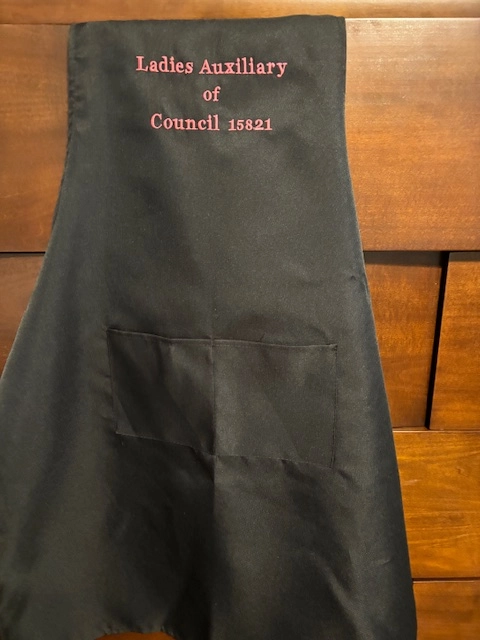The Art of Personalized Embroidery: Opening the Tricks to Creating Unique and Remarkable Layouts
Embroidery, a craft steeped in tradition and artistry, holds within its elaborate stitches the power to change textile into a canvas of distinct expression. The secrets to developing customized embroidery styles that captivate the eye and leave a long lasting perception lie in a delicate balance of technique, creative thinking, and interest to detail. As we look into the globe of custom-made embroidery, we uncover the nuanced interaction between string choice, sew intricacy, and style personalization that elevates a simple garment to a masterpiece. Join us on a trip through the art of personalized embroidery as we unwind the enigmas behind crafting really unforgettable and distinctive productions.
Choosing the Right Embroidery Threads
When picking embroidery strings, what key elements should you think about to guarantee the ideal results for your custom-made designs? The choice of embroidery string is essential in establishing the final outcome of your stitched design. Among the primary factors to consider is the product of the string. Different materials such as cotton, polyester, rayon, and silk provide differing degrees of sheen, durability, and appearance. It is vital to choose a string product that enhances the material you are embroidering on and straightens with the preferred look of the layout.
Furthermore, the weight or thickness of the string plays a substantial role in the look of the embroidery. Thicker strings can include dimension and texture to your layout, while finer threads are ideal for elaborate details and small text. Furthermore, taking into consideration the color fastness and washability of the thread is crucial to make certain that your customized styles keep their high quality and vibrancy with time. By very carefully evaluating these variables and selecting top notch threads that fulfill your certain demands, you can enhance the visual allure and longevity of your embroidered creations.
Discovering Different Stitch Strategies
To look into the world of 'Checking out Different Stitch Strategies', one must realize the complexities and subtleties that each stitching approach brings to the art of embroidery. Different stitch methods not just include visual interest however also contribute to the general appearance and measurement of the design. One preferred stitch method is the satin stitch, which includes carefully packed parallel stitches to produce a smooth and shiny surface, perfect for completing shapes and developing strong outlines.
On the various other hand, the backstitch is a versatile method often made use of for outlining and including fine details. It entails sewing backward to develop a strong line of needlework. Additionally, the French knot stitch includes a responsive component to styles, excellent for creating textured accents like flower centers or attractive touches.
Checking out different stitch strategies allows embroiderers to play with light, shadow, and deepness within their styles, elevating the aesthetic charm and artistic high quality of their embroidery projects. By grasping various sewing approaches, one can unlock limitless opportunities for producing unique and memorable custom embroidery items.
Incorporating Personalized Design Aspects
Having discovered the details of various stitch methods such as the satin stitch, backstitch, and French knot, the emphasis currently changes towards incorporating individualized layout components in custom embroidery tasks. Individualized layout components play an essential duty in making needlework tasks truly distinct and unforgettable.
An additional means to include personalized design aspects is by including icons or concepts that hold special meaning to the recipient or mirror their passions and character. For instance, integrating a preferred flower, pet, or hobby-related icon can make the needlework style a lot more significant and tailored. Furthermore, picking colors that reverberate with the recipient or straighten with the intended theme can better boost the customization of the needlework project.
Mastering the Art of Shade Coordination

One key element of color coordination have a peek at this site is comprehending shade theory. This includes recognizing just how various shades communicate with each other, the feelings they convey, and exactly how they can be integrated to create aesthetically attractive layouts. By applying color concept principles, embroiderers can create unified shade combinations that improve the general appearance of the layout.
In addition, taking notice of comparison is essential in color sychronisation. Making use of contrasting colors can help particular aspects of the design pop, enhance clarity, and produce a visually dynamic needlework item. By grasping the art of shade sychronisation, embroiderers can raise their styles and develop remarkable pieces that reverberate with clients and audiences alike.
Enhancing Appearance With Advanced Needlework Stitches

Bullion knots, on the other hand, can be used to create twisted, ropelike elements that include a glamorous feel to the embroidery. Experimenting with these innovative needlework stitches enables you tailored prom suits to push the boundaries of traditional needlework and develop absolutely special and aesthetically attractive textures in your designs.
Conclusion
To conclude, the art of personalized needlework includes a mix of picking the appropriate threads, exploring numerous stitch strategies, integrating customized layout components, grasping color control, and improving texture with sophisticated stitches. By comprehending and implementing these crucial elements, embroiderers can create one-of-a-kind and memorable styles that display their imagination and skill. Needlework enthusiasts can open the tricks to producing stunning and bespoke items that stand out and leave a long-term impression.